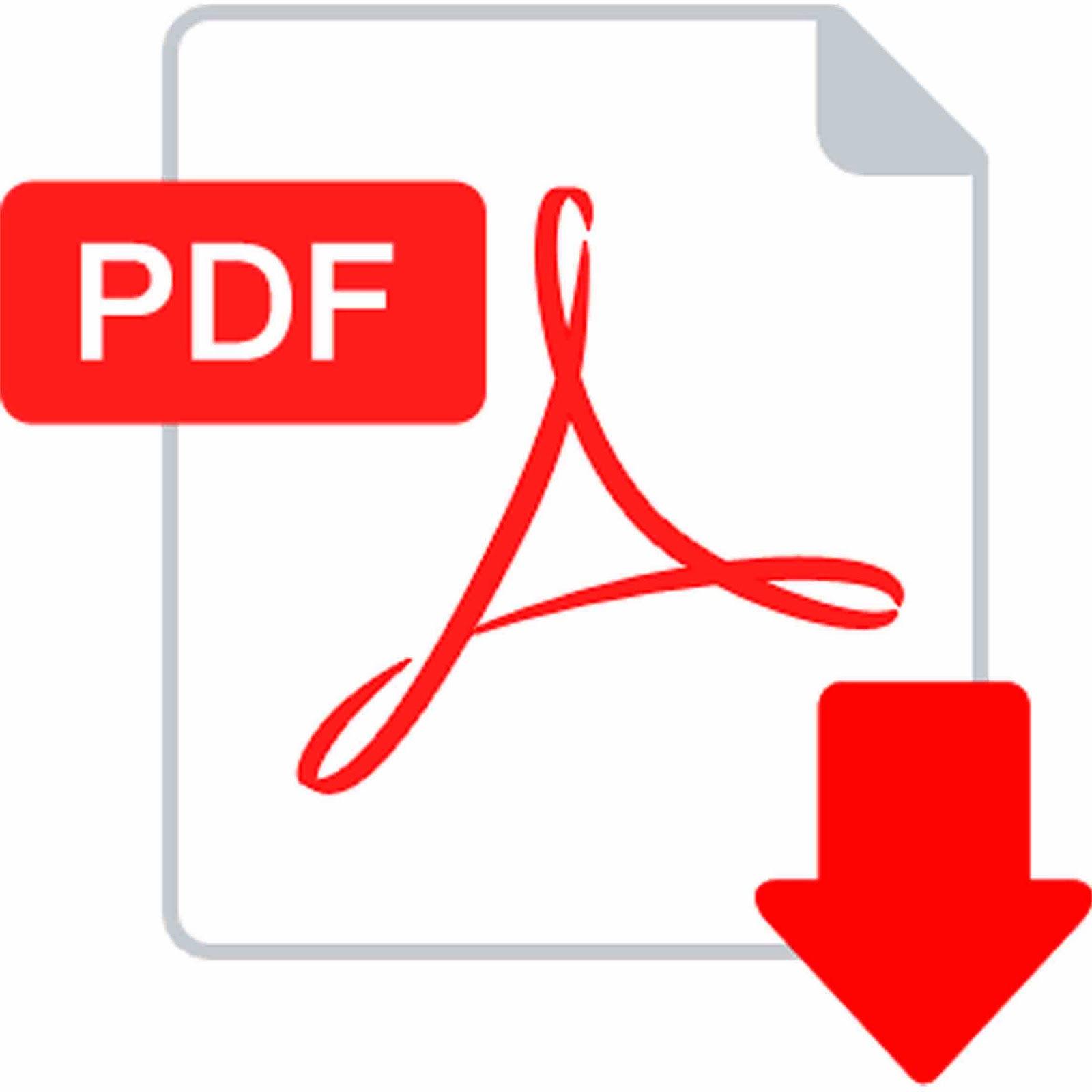| JEL Classification: G14; G21; G24. | DOI: https://doi.org/10.31521/modecon.V51(2025)-28 |
Starostenko Dmytro, Graduate student of the third level of higher education, Dmytro Motornyi Tavria State Agrotechnological University, Zaporizhzhia, Ukraine
ORCID ID: 0000-0002-2477-0427
e-mail: dmytro.starostenko@gmail.com
Formation of a Mechanism for Digital Transformation of Business Processes in the Development Strategy of Financial Companies
Abstract. Introduction. This article considers special conditions for forming a digital transformation mechanism for business processes in financial companies’ development strategies. It substantiates the tools and methods for accelerating the implementation of financial companies’ digital capabilities through the parameters of the strategy for developing digital trends. This allows for the use of integrated and secure digital technologies in the payment market when the economic environment changes, avoiding losses from cyberattacks in the virtual, internal, and external cluster distribution networks of the digital system.
The purpose of the study is to substantiate the tools and methods of accelerated implementation of digital capabilities of financial companies in the mechanism of digital transformation of business processes through the parameters of the strategy for the development of digital trends, which allows the use of integrated and secure digital technologies in the payment market when the economic environment changes and avoid losses from cyberattacks in the virtual, internal and external, cluster, distribution network of the digital system.
Results. From an economic standpoint, groups of technologies in digital systems are defined. It has been proven that the digitalization of business processes in the service portfolio of financial companies increases their efficiency by saving resources and energy. A resource-functional approach is proposed for considering digital transformation. This approach includes the concept of digital transformation, its goals and objectives, and the structure of the tools and resources that protect cash flow from external challenges. It integrates financial companies’ digital systems into a complete update and transition to a new digital level of development. This transition is achieved through the use of digital technologies, which affect the flexibility and efficiency of business processes in the payment market.
Conclusions. The elements of Fintech technologies in the mechanism of digital transformation of business processes during the transition of financial companies to the 5.0 strategy are structured. The policy of Industry 5.0 strategizing is presented when forming the mechanism of digital transformation of business processes of financial companies. The directions for forming the digital transformation mechanism of business processes according to the European Industry 5.0 course are substantiated. This approach conceptualizes the practical application of the resource-functional strategy for developing financial companies.
Keywords: digital transformation; digital technologies; digital system; payment market; business processes; financial companies.
References:
- Baula, O., Lyutak, O. (2022). Digital transformation of the financial sector of the world economy: trends and risks. Current problems of the development of the regional economy, 18(1), 111-122.
- Hlynska, A.E. Korchevska, L.O. Kokoreva, O. (2021). Types and risks of communicative relations of personnel in the formation of the innovative environment of a tourist enterprise. Business Inform, 7, 70-75.
- Hrynevych, L.M., Morse, N.V., Boyko, M.A. (2020). Scientific education as the basis for innovative competence formation in the conditions of digital transformation of the society. Information technologies and learning materials, 77(3), 1-26.
- Law of Ukraine “On Financial Services and Financial Institutions”. (2023). Verkhovna Rada Proceedings, 3-4, 10. https://zakon.rada.gov.ua/laws/show/1953-20#Text.
- Report of the Global Center for Digital Business Transformation: Digital Vortex. How Digital Disruption Is Redefining Industries. (2020). https://www.cisco.com/c/dam/en/us/solutions/collateral/industry-solutions/digital-vortexreport.pdf
- Industry 5.0 – an orientation for innovators and expert communities. (2023). https://appau.org.ua/news/industry-5-0-innovators/
- Yefimenko, S.M., Stepashko, V.S. (2018). Predictive analytics as an effective tool for decision support in digital economy systems. Control systems and machines, 6, 25-35.
- Kapranova, L.G., Kovtun, K.V. (2017). Current state of the technology transfer system in Ukraine. Theoretical and Practical Aspects of Economics and Intellectual Property, 15, 76-81.
- Klek, A.R. (2024). Current state of the World Fintech industry. Economy and Society, 68. URL: https://doi.org/10.32782/2524-0072/2024-68-177
- Kraus, K.M., Kraus, N.M., Holoborodko, O.P. (2018). Digital economy: trends and prospects of avant-garde development. Effective economy, 1, 1. URL: http://www.economy.nayka.com.ua/pdf/1_2018/8.pdf.
- Koroleva, T.S., Pidgorny, A.Z., Vitkovska, K.V., Mylashko, O.G., Pogorelova, T.V. (2012). Methodology of statistical support for regional development. Odesa: ATLANT.
- Manifesto on Ukraine’s transition to industry 5.0. (2023). URL: https://www.clusters.org.ua/blog-single/manifest-perehid-ua-industry5-0/
- Stryuk, A., Rassovitska, M. (2014). System of cloud-based learning tools as an element of the information educational and scientific environment of universities. Information Technologies and Learning Tools, 42(4). URL: https://journal.iitta.gov.ua/index.php/itlt/article/view/1087
- Fedulova, L. (2020). Trends in the development and implementation of digital technologies for the implementation of sustainable development goals. Environmental Economics and Sustainable Development, 7(26), 6-14.
- Marr, B., Steps, V. (2023). To Create A Digital Transformation Strategy. URL: https://www.forbes.com/sites/bernardmarr/2023/08/22/9-vital-steps-to-create-adigital-transformation-strategy/
- Cenamor, J., Parida, V., Wincent, J. (2019). How Entrepreneurial SMEs Compete Through Digital Platforms: The Role of Digital Platform Capabilities, Network Capabilities, and Ambidexterity. Journal of Business Research, 100, 196-206.
- Chen, W., Zhang, L, Jiang, P., Meng, F., Sun, Q. (2022). Can digital transformation improve the information environment of the capital market? Evidence of predictive analyst behavior. Financial account, 62(2), 2543-2578.
- Dremel, C., Herterich, M.M., Wulf, J., Vom Brocke, J. (2020). Actualizing Big Data Analytics Capabilities: An Indicative Case Study. Information & Management, 57(1), 103121.
- Global Fintech market analysis: trends, investments, emerging startups & future outlook. Market Report. (2024). URL: https://dealpotential.com/wp-content/uploads/2024/03/global-fintech-market-analysis-report-2024.pdf
- Knight, F.H. (1921). Production cost and price for long and short periods. Journal of Political Economy, 29(4), 304–335.
- Markard, J. (2020). The life cycle of technological innovation systems. Technological forecasting and social change, 153, 119407.
- Micalef, P., Pateli, A. (2017). Dynamic Capabilities of Information Technologies and Their Indirect Impact on Competitiveness: Findings PLS-SEM і fsQCA. Journal of Business Research, 70, 1-16.
- Ritter, T., Pedersen, K.L. (2020). Digitization and digitization of business models in business-to-business firms: past, present and future. Industrial Marketing Management, 86, 180-190.
- Rea, F., Elias, Ch. (2024). The paradigm of digital transformation of enterprise business processes. Herald of Khmelnytskyi National University. Economic Sciences, 326(1), 410-414.
- Shakhovska, N.B., Bolubash, Yu.Ja. (2013). Analis metodiv opratsuvannia pokaznykiv sotsio-ekologo-ekonomichnogo rozvytku region. Shidno-yevropeyskij zhurnal peredovyh tehnologj, 5, 2(65), 4-8.
Received: 15 May 2025

|
How to quote this article? |
| Starostenko D. (2025). Formation of a Mechanism for Digital Transformation of Business Processes in the Development Strategy of Financial Companies. Modern Economics, 51(2025), 211-218. DOI: https://doi.org/10.31521/modecon.V51(2025)-28. |










 Українська
Українська